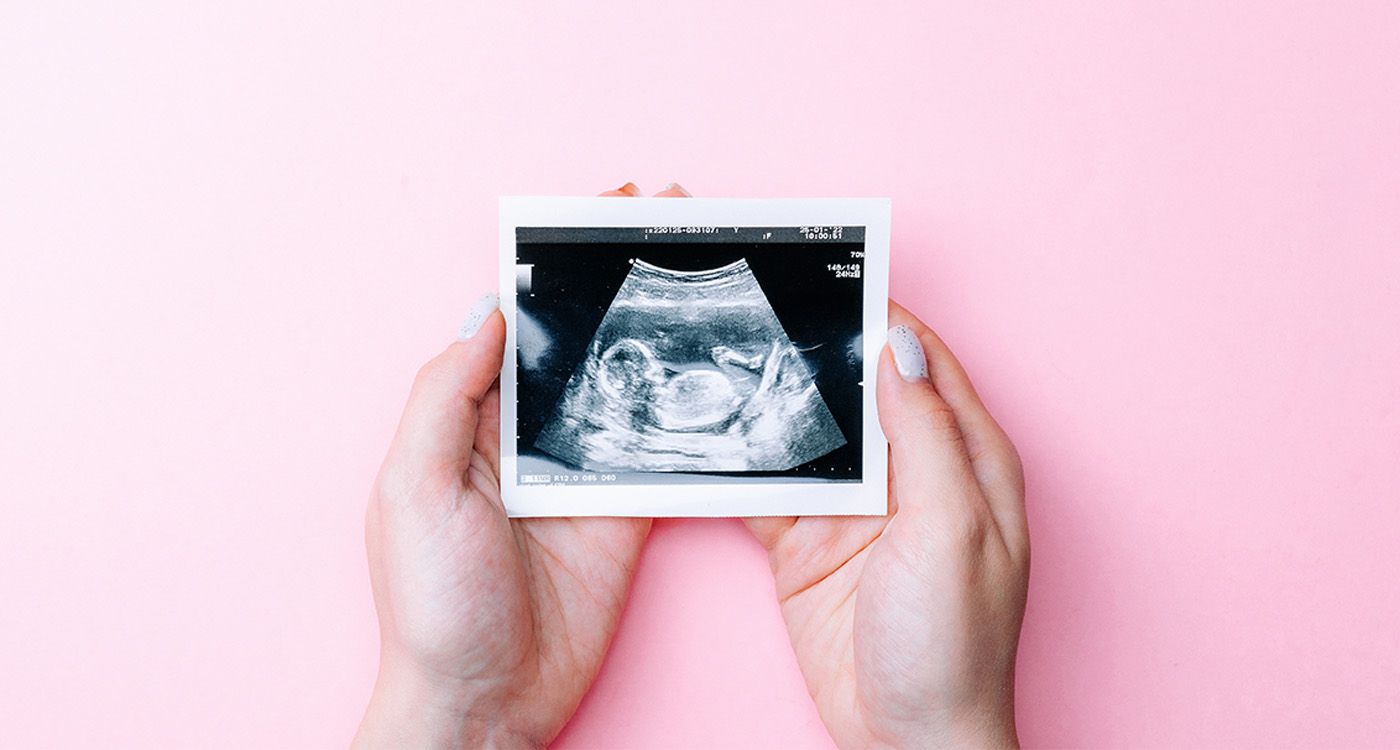- Home
- Highlights
- Motherhood at 35: Empowered Decision or Medicalized Path?

More and more women are choosing to have children after the age of 35. While often a well-informed decision, late motherhood remains under scrutiny from both doctors and society. Between real health risks and persistent clichés, it is a form of motherhood under pressure.
There was a time when a woman was considered an “older mother” at 35. Today, that age still marks a symbolic and medical threshold. In gynecology wards, the term “geriatric pregnancy” may have disappeared from official manuals, but it’s still whispered behind closed doors. Yet the data is clear: in many Western countries, the average age at first birth is now over 30, and pregnancies after 35 – even 40 – are steadily increasing. In developed countries, one in four women now gives birth after 35. This is no longer the exception; it has become the new norm.
But this new norm comes under tight supervision. Once a woman turns 35, pregnancy is labeled “high risk,” turning the intimate experience of motherhood into a tightly managed medical process. More ultrasounds, more tests, more precautions. Beneath the language of care, the medical system tightens its grip. You’re reminded that your eggs are “old,” that the risk of chromosomal abnormalities is rising, that gestational diabetes may be around the corner. You’re offered enhanced screenings, prenatal DNA testing and amniocentesis. Far from the calm image of a confident choice, late pregnancy becomes a minefield of warnings and appointments.
But should this be cause for worry? The risks are real, no question. After 35, miscarriage rates increase – reaching up to 25% between 35 and 39 – and so do complications like high blood pressure, preeclampsia and premature birth. Cesarean deliveries also become more common. Still, many studies put these numbers into context. With proper medical care, a healthy lifestyle and good access to healthcare, most pregnancies after 35 go smoothly. Alarmist discourse, often disconnected from women’s actual experiences, can create unnecessary guilt.
A Freedom That Remains Contested
Beyond medicine, there is social judgment. A woman pregnant at 38 or 40 often faces subtle criticisms: “Why so late?” “You won’t have the energy.” “You’ll be an old mom at graduation.” Behind these casual remarks lies a double standard: late fathers are praised as mature and inspiring men, while mothers are expected to justify themselves, as if their desire to have children had to pass a legitimacy test.
This gap highlights a central issue: women’s control over their reproductive timeline. Delaying motherhood can be a deliberate choice, shaped by demanding careers, a search for personal balance or a refusal to conform to a social clock. But sometimes this choice is also a constraint: difficulty finding the right partner, economic instability or complex medical journeys. What we call “freedom” often hides a complex reality.
It’s important to remember that medical progress has redefined what’s possible. Assisted reproductive technologies have extended biological limits. In vitro fertilization, egg freezing and egg donation now allow women to become mothers after 40, even 45. But these options, often hailed as technological miracles, come with challenges. They are costly, unevenly accessible and their success rates decline as patients age. Science offers hope, but no guarantees.
One fact remains often overlooked: the benefits of late motherhood. Several studies show that women who give birth after 35 tend to be more fulfilled, emotionally stable and better supported. They have taken the time to build themselves and find their footing. They know why they want a child and what they are ready to offer. Many have faced hardships – loss, divorce, miscarriage – and come through stronger. The bond they form with their child is no less strong; sometimes, it’s even more intentional.
Motherhood after 35 is therefore neither just a risk nor a trend. It is a social phenomenon at the crossroads of biology, medicine and society. It raises a crucial question: who decides the right time to become a mother? The women themselves, or a system that monitors, judges and controls them?
In an era that celebrates women’s emancipation and promotes freedom of choice, it is time to close the gap between discourse and reality. Becoming a mother after 35 is not an exception. It is one of the modern faces of motherhood.
The Average Age of Motherhood Worldwide
In Italy, Spain and South Korea, the average age at first childbirth has now reached 31, a global record. In Japan, one in three women gives birth after 35. In the United States, the number of mothers over 40 has doubled in 20 years. This worldwide trend reflects a profound shift in priorities, with motherhood increasingly delayed in high-income countries. It marks a demographic turning point that also raises questions for public policy: maternity leave, access to assisted reproductive technology and parental leave for the second parent, among others.


Comments